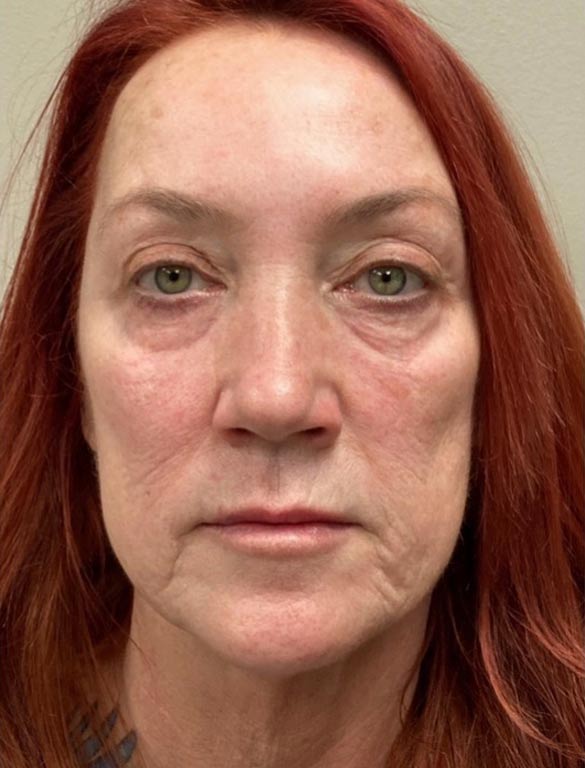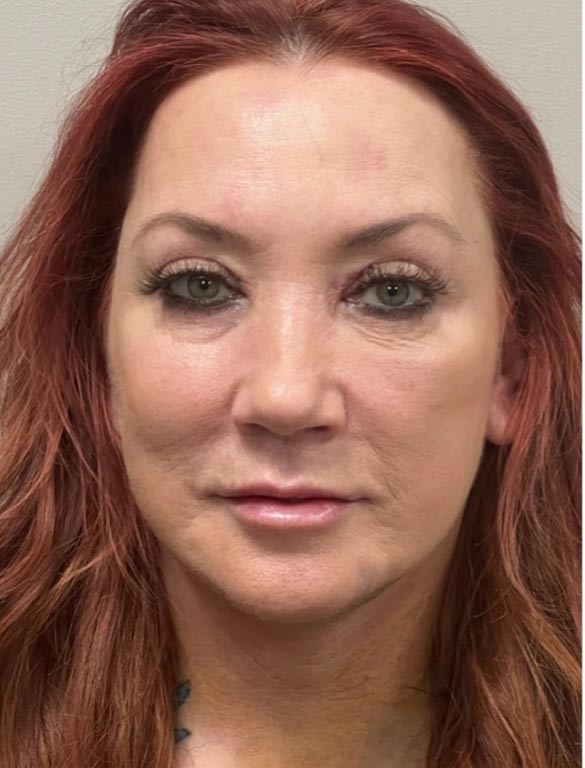DVT Treatments
Conveniently located to serve the areas of Fenton, Sterling, Livonia, MI and San Diego, CA

DVT, or deep vein thrombosis, refers to a blood clot in a deep vein, usually in the leg. Because DVT can be so dangerous, it’s important to recognize the symptoms of DVT. Not only will treating DVT symptoms cause relief, but it will also prevent the clot from traveling to the lungs and becoming a pulmonary embolism. One of the major symptoms of DVT is swelling. This may be in one leg, or in both. Pain is another major symptom, usually in the calf. It will most likely feel like tenderness, soreness, and/or cramping. Other deep vein thrombosis symptoms include redness and/or warm skin in the affected area.
Contents
About DVT
DVT refers to deep vein thrombosis. Unlike most other chronic venous diseases, it can progress into something deadly. If you’re wondering just what is DVT, the name describes the problem perfectly. First off, it happens in one of the deeper veins in your body. These veins are usually in the leg. Thrombosis comes from the term thrombus, the medical word for a blood clot. In other words, DVT is a blood clot deep in the leg veins. It’s not the worst place to have a blood clot, but it comes with its own problems (see our page on DVT symptoms). Most worrisome is the possibility that the clot will detach and move to a more dangerous location. In sum, like all blood clots, it needs deep vein thrombosis treatments as quickly as possible.
Causes
Deep vein thrombosis actually shares causes with other chronic venous diseases. The clots form when blood stops circulating properly. This could be caused by a problem with the valves that help pump blood through the veins. It could be because the veins have lost their elasticity with age. Alternatively, it might happen when the veins’ pressure increases, as commonly happens to women who are pregnant. Long periods of bed rest, such as during recovery from surgery, increase the risk of blood clots.
There are other common factors, some of which you have more power to address. Obesity, like pregnancy, increases the pressure in the veins, which can contribute to blood clots. Weight loss is the obvious (though not always the easy) answer. People who sit for long periods of time, whether frequent flyers or people on road trips, are also at risk. If you’re flying, take the chance to walk around, stretch, and contract your calf muscles when the fasten seatbelt sign turns off. The same applies to drivers: stop at rest stops for the chance to get your calf muscles working to decrease your risk of clots.
Signs
If you have these DVT symptoms, now is the time to contact a doctor. Don’t say you’ll do it at the end of the day and then put it off because the office is closed and you don’t want to leave a message, do it now.
This dire warning is not meant to inspire panic but to emphasize the danger that a blood clot can pose. In fact, DVT is rather rare—only about 300,000 to 500,000 cases are reported in the U.S. each year. That said, the threat of pulmonary embolism—whose mortality rate can vary from 2% to 95%, depending on the condition when treated—cannot be ignored. “Better safe than sorry” has never been more applicable.
Hopefully, you haven’t noticed any of these symptoms of DVT in yourself. Just to be careful though, it helps to keep in mind what you can do to decrease your risk of DVT. Avoid smoking, which increases your risk of DVT. Try to avoid long periods of sitting or lying down—not using your calf muscles makes you more susceptible to venous diseases in the legs. Exercise and a healthy weight may not prevent DVT entirely but will decrease your risk of it.
Risks
As you can already see, many people are at risk of DVT. However, the real danger of DVT is what happens if the clot breaks loose. Sometime after forming, the clot may break free and travel through the veins to the lungs. A blood clot in the lung—called pulmonary embolism—is just as bad as it sounds. One study estimates that about 15% of people who had been diagnosed with pulmonary embolism died within three days. Not surprisingly, the earlier the issue was addressed, the more likely the patients were to survive. So, start as early as you can by stopping it while it’s still DVT, with many deep vein thrombosis treatments available!

DVT, or deep vein thrombosis, is a treatable condition. This is great news, as the blood clot can loosen and travel to a vulnerable organ. It’s important to examine what DVT treatments are available, not only to fix the symptoms of DVT itself but also to prevent the clot from traveling elsewhere and becoming life-threatening. Another plus: treatments for DVT aim at making sure the clot doesn’t reform, helping protect you from future issues.
Treatment
Compression Therapy
Compression therapy can help prevent the swelling associated with DVT. Compression therapy involves wearing compression stockings for a period of time—if you’re addressing DVT, you may be wearing them every day for several years, as one of the key deep vein thrombosis treatments. For more information, see our page on compression therapy.
Blood Thinners
These medicines, also called anticoagulants, decrease your blood’s ability to form clots. If you’re at risk for DVT, your doctor is likely to consider these as your DVT treatment. These are administered as shots or infusions over the course of several months. Keep in mind that too much or too little of a blood thinner can be dangerous, so pay attention to what your doctor prescribes.
Keep in mind that, like compression therapy, blood thinners are more preventative in nature: they can prevent clots, and prevent clots from getting bigger, but for serious DVT treatment, you may need something more dramatic.
Blood Filter
This is a surgical deep vein thrombosis treatment that inserts a filter into a large vein in your abdomen. This may not stop DVT itself, but it prevents clots from getting lodged in your lungs, preventing pulmonary embolism.
Clot Busters
If the DVT has gotten bad enough, you may be hospitalized so that you can receive clot busters. If this DVT treatment sounds extreme, that’s because it is. Clot busters are used only in situations where clots have become life-threatening—they are more intense than blood thinners and can cause significant bleeding. As far as deep vein thrombosis treatments go, clot busters are the final line of defense. Very few people with DVT will need this, unless their DVT is extremely serious or other medications aren’t working.
DVT Prevention
As with most conditions, it’s easiest to treat DVT before it happens, and usually, the best deep vein thrombosis treatments are prevention. We cannot control all of our risk factors, such as age and genetics, but there are some things you can do and natural remedies for DVT you should know about. Avoid long periods of sitting and lying down—blood clots are more likely to form when the calf muscles aren’t getting any exercise. Smoking increases the pressure in your veins, increasing your risk of DVT—just one more reason you should stop smoking if you do. Maintaining a healthy weight will also help you stay DVT-free and is one of the best deep vein thrombosis treatments.
Consultation
If you have the symptoms of DVT, call 800-400-8346 and set up an appointment with us. Dr. Seiger will be able to determine not only if you have DVT, but if you do, what kind of DVT treatment options would be best for you. With over two decades of experience, you can count on the Skin & Vein Center to choose the most fitting options for your deep vein thrombosis treatments. Click here to learn more!
Phlebitis
Another vein disease that isn’t as easily apparent and diagnosable as varicose veins and spider veins is called phlebitis, the symptoms of which are similar to those of lymphedema. Characterized by swelling and pain, the affected areas can be itchy and hot as well. Considered relatively harmless when only the veins close to the surface are affected, phlebitis in the veins deep in your legs can be a sign of something more serious. Treatment by a medical professional who will perform the exam and most likely order lab tests is necessary. Phlebitis can appear in the very young but tends to be an affliction suffered by people who are 40 and older.
Superficial Phlebitis Treatment & Symptoms
Affecting only the surface veins, superficial phlebitis is generally minor, easily treatable, and most likely the causes of phlebitis are due to injury to the veins. Bumping your leg into a coffee table can cause phlebitis, especially if you already have a form of vein disease such as varicose veins. Common symptoms include swelling of the vein, burning and throbbing sensations, and itchiness, all of which may be worse in the morning when you lower your leg to get out of bed.
Physician diagnosis and treatment are recommended, but applying hot compresses to the area and taking ibuprofen can help lessen the severity of the symptoms until you can get to a doctor. Superficial Phlebitis treatment in the mildest cases may only require compression garments and ibuprofen; lifestyle changes will be recommended as well.
Deep Vein Thrombosis and Phlebitis
Phlebitis in the deep veins, or deep vein thrombosis, is a much more serious matter demanding immediate physician intervention. Caused by blood clots that may form due to smoking, drinking, lack of exercise, and genetic predisposition, if not treated, DVT could lead to death. Common symptoms for this type of phlebitis include fever, severe pain, and even chest pains. Treatments may involve blood thinners that are injected into the body and start the thinning process much sooner than medication, as well as antibiotics to help stop any infection that may have begun in the area. As with superficial phlebitis, lifestyle changes will be necessary, including the cessation of smoking and drinking, exercising more, and no longer sitting for extended periods of time.
Prognosis
Superficial phlebitis is easily treatable and responds well to home remedies, but DVT can be life-threatening and damaging to the veins, leading to a lifetime of chronic issues. Diagnosis and superficial phlebitis treatment by a licensed physician are of the utmost importance – especially with DVT. Discovering the cause of DVT early can help lower the risks of developing it in the future.








